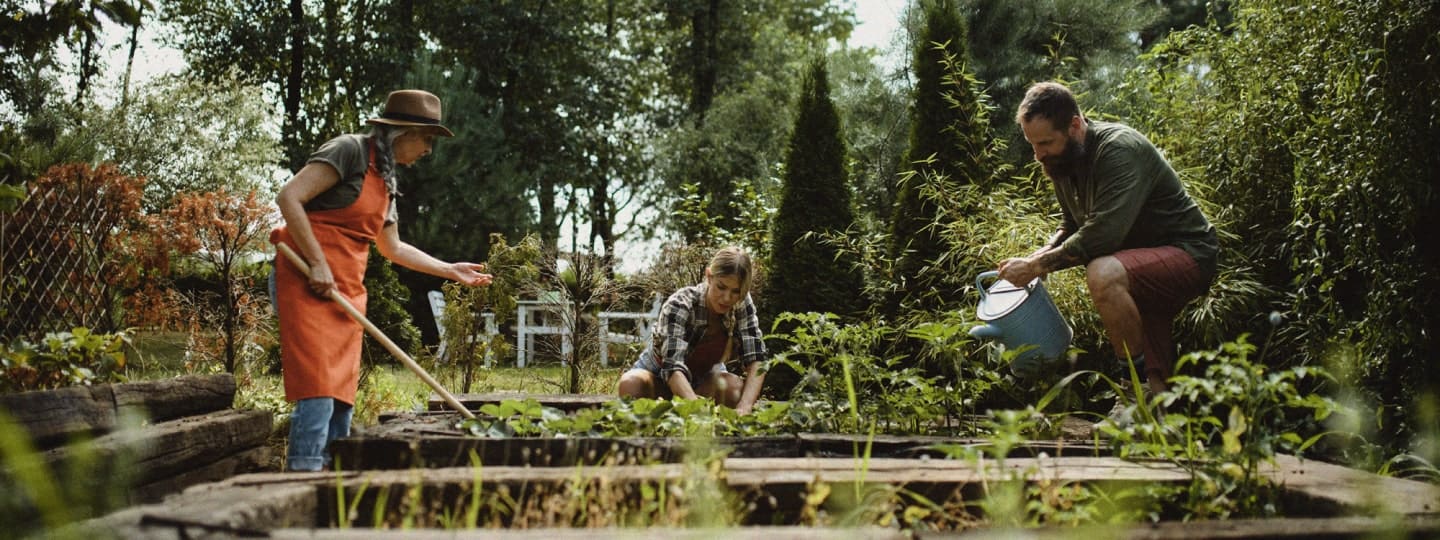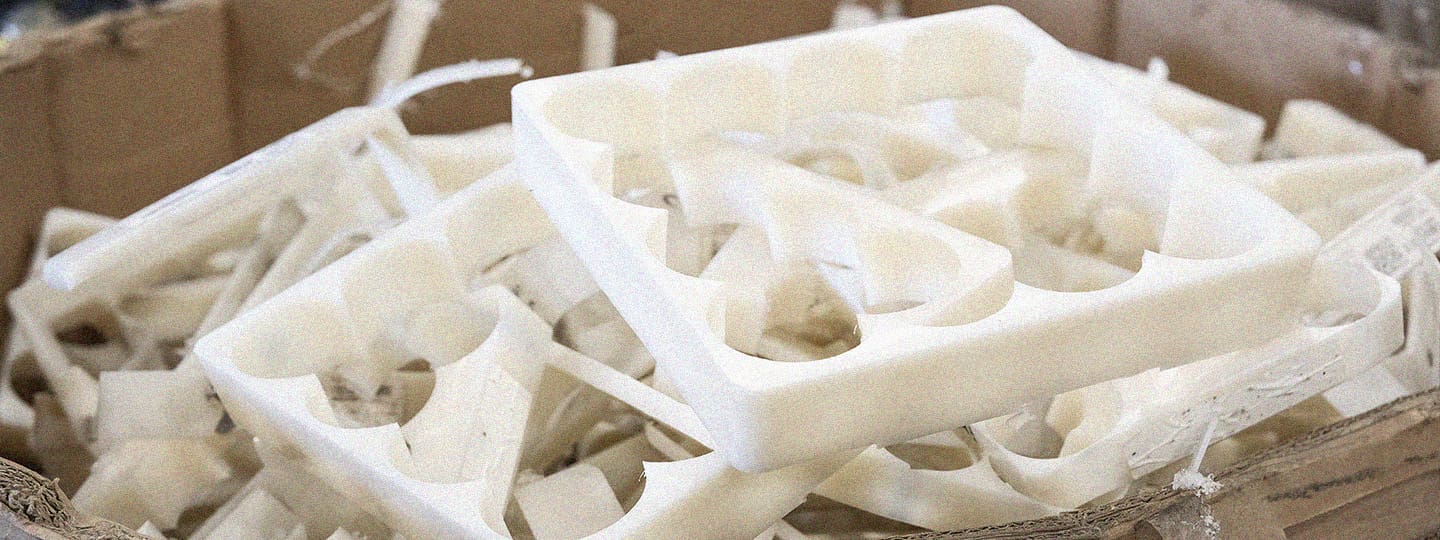Community gardens are vibrant, blossoming areas built and maintained by a collaborative effort within a community. The importance of community gardens goes far beyond aesthetics. They offer increased access to fresh fruits and vegetables, particularly in areas where grocery stores are scarce. Community gardens also foster a sense of connection among neighbors, providing a platform for shared knowledge and experience. Whether a seasoned gardener or an eager newbie, community gardens offer a welcoming space to learn and grow.
What are the goals of a community garden?
The benefits of community gardens are countless. Below are a few goals to keep in mind while cultivating the local green space:
Increased Community Engagement: Foster community by involving neighbors and locals in garden-related activities. Encourage teamwork, communication, and a shared sense of responsibility.
Beautification of the Community: Enhance the aesthetics of the community and its surroundings by creating an attractive garden space, contributing positively to the overall atmosphere.
Skill Development: Provide opportunities for residents to learn valuable skills related to gardening, such as planting, harvesting, and introductory horticulture, and fostering personal development.
Collaboration with Local Organizations: Establish partnerships with local organizations, businesses, and schools to expand the impact of the community garden and create a network of support.
Education on Sustainable Practices: Educate the shelter residents and community on sustainable gardening practices, including composting, water conservation, and organic growing methods.
Celebrate Plant Diversity: Reflect the community’s diversity by growing a variety of culturally relevant crops, celebrating culinary traditions, and fostering inclusivity.
Positive Community Impact: Develop metrics to measure the impact of the community garden, such as the amount of produce harvested, the number of participants engaged, and any positive changes in residents’ well-being.
Document and Share Success Stories: Capture success stories and positive experiences from the community to share with the public to inspire continued support.
Initial Steps for a Successful Community Garden
Ready to break ground on a community garden? Here are ten steps to consider before getting started:
Measurements and Space: Be sure to accurately measure any existing beds to avoid ordering more than needed.
Soil Health Analysis and Ground Quality: Conduct pH and age tests on the soil to ensure its suitability for gardening. Additionally, seek the expertise of a professional to enhance the accuracy of the assessment and provide valuable insights for successful gardening activities.
Water Accessibility and Irrigation Planning: Assess the availability of water sources and plan for an efficient irrigation system. Consider sustainable watering methods and technologies to optimize water usage and support the long-term health of the garden.
Composting and Waste Management: Implement a system for composting organic waste generated in the garden. Establish an on-site composting system to reduce the environmental impact and enrich the soil.
Inventory of Available Resources: Take inventory of available materials in the community to avoid ordering extra materials.
Document the Current Spatial Layout: Capture preliminary photographs and blueprints of the area and begin planning how the space will be arranged once the design is implemented. Allocate space for plants, designate work areas, plan traffic flows, and capture detailed photos to utilize for before-and-after comparisons.
Regulatory Compliance: Ensure the community garden complies with local and state regulations. Ask about and obtain any necessary permits for the proposed activities.
Plant Care Advisors: Connect with local horticulturists to access resources that enhance plant longevity and success. Use their guidance to address inquiries related to the garden implementation and establish them as a reliable reference point for ongoing assistance and support as needed.
Long-Term Maintenance Strategy: Create a long-term maintenance plan outlining regular tasks, seasonal considerations, and potential challenges. Identify a team or schedule for ongoing maintenance to keep the garden thriving beyond the initial construction phase.
Budget Planning and Resource Compilation: Initiate the compilation of a comprehensive list detailing materials, services, and associated costs to give an idea of what to include in the budget. This will provide a clear understanding of the financial requirements necessary to support and execute the project successfully.
Go Green (Thumb): Additional Resources
Browse the resources below for more information and inspiration on starting a community garden.





